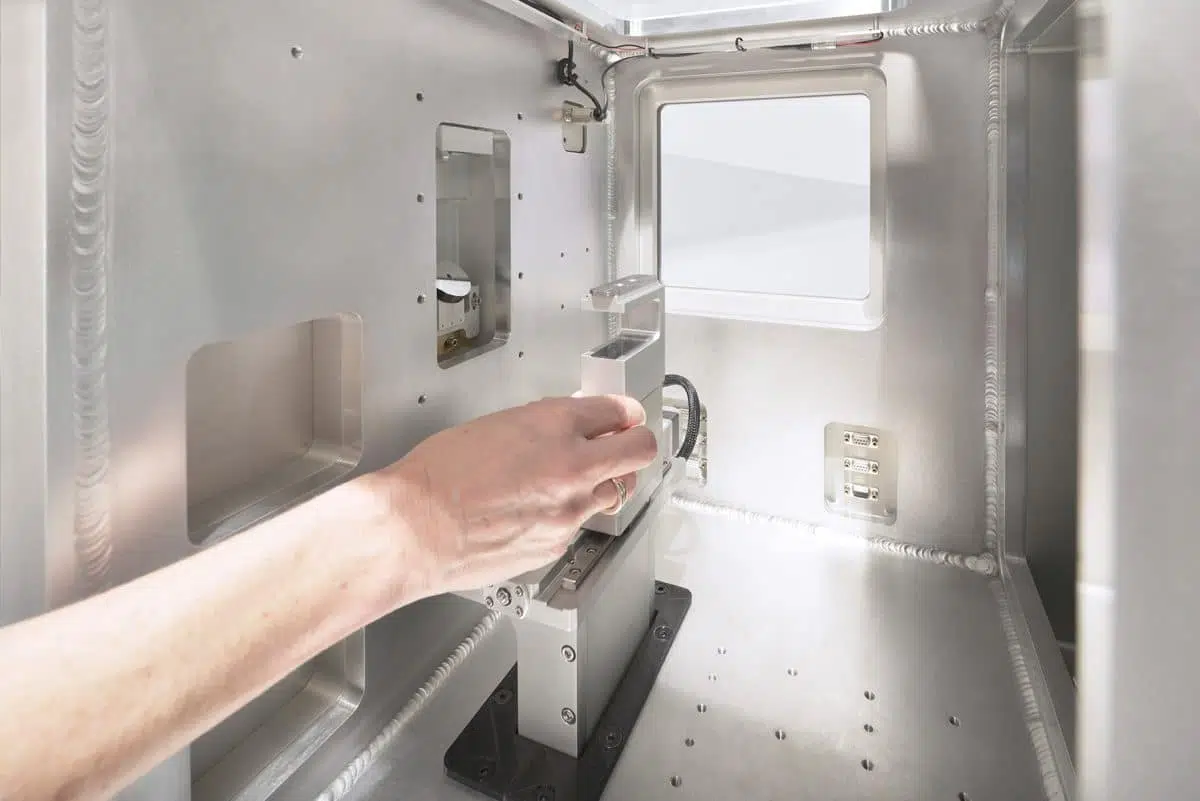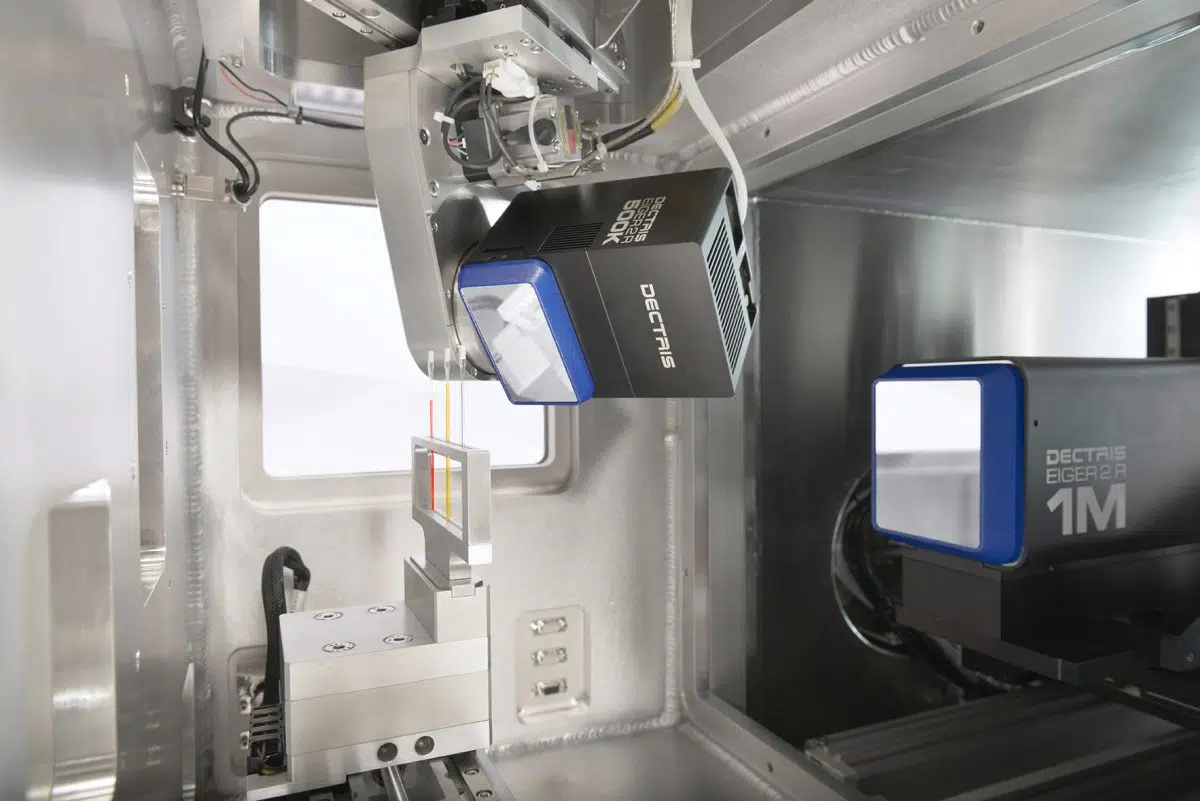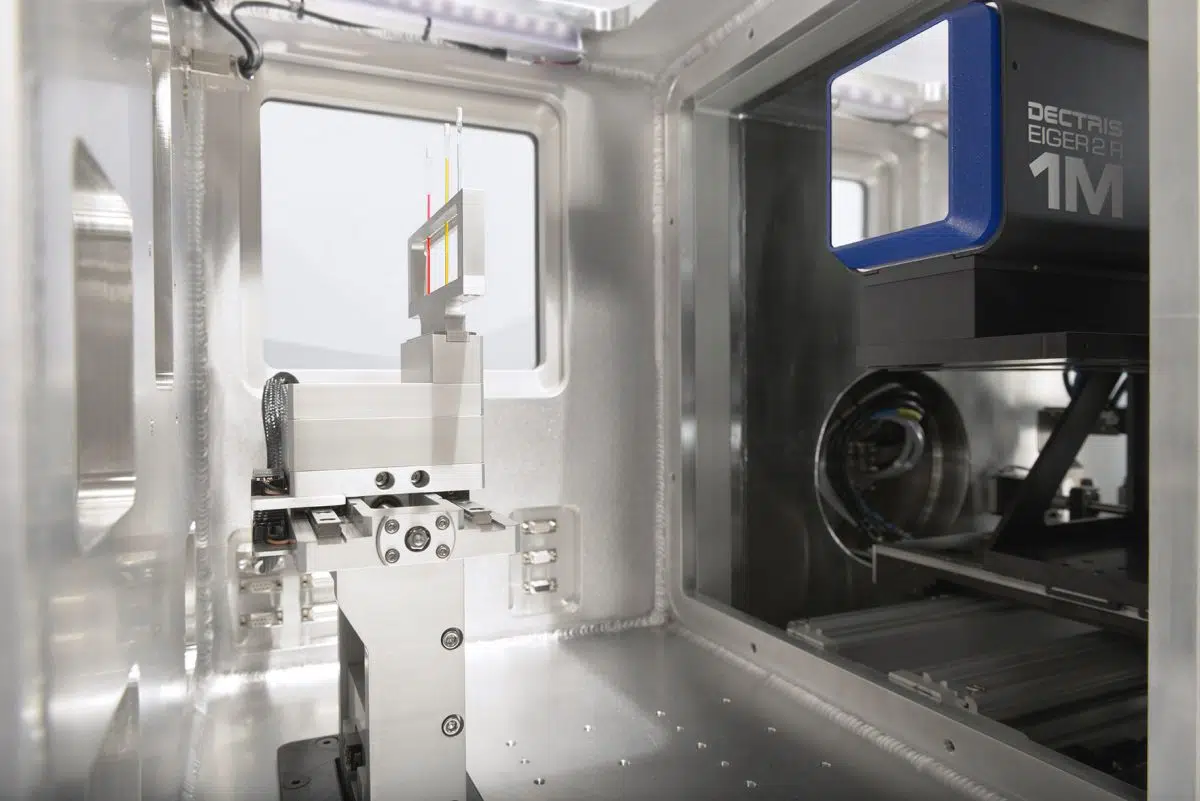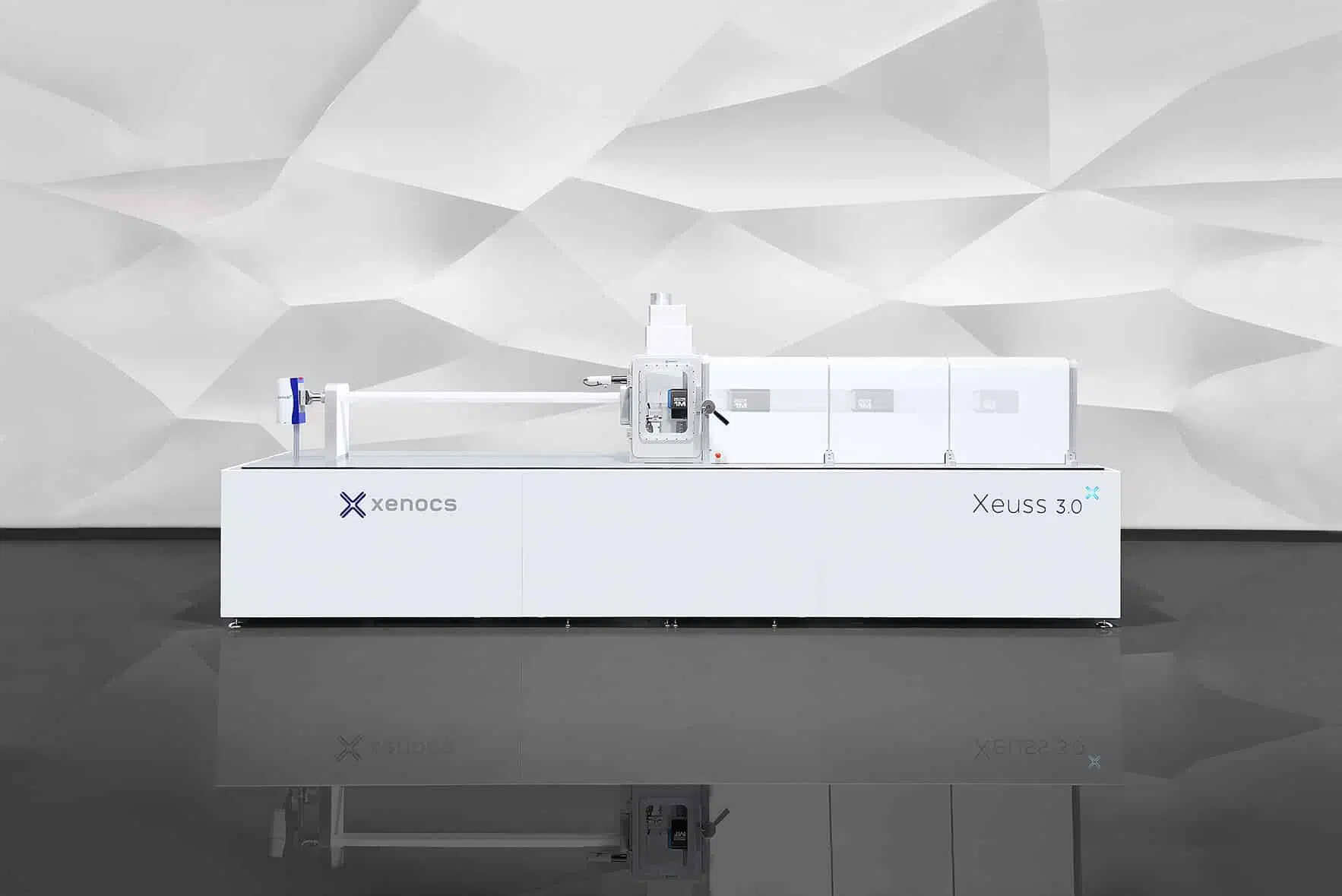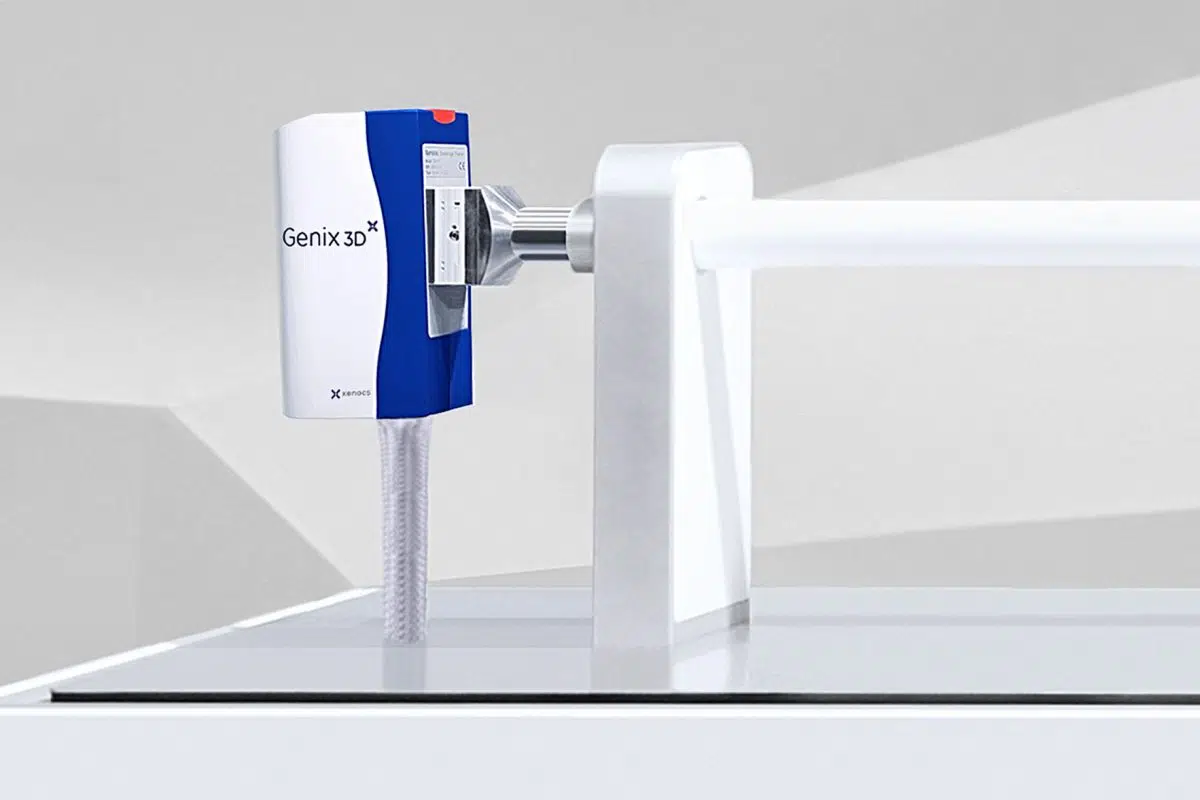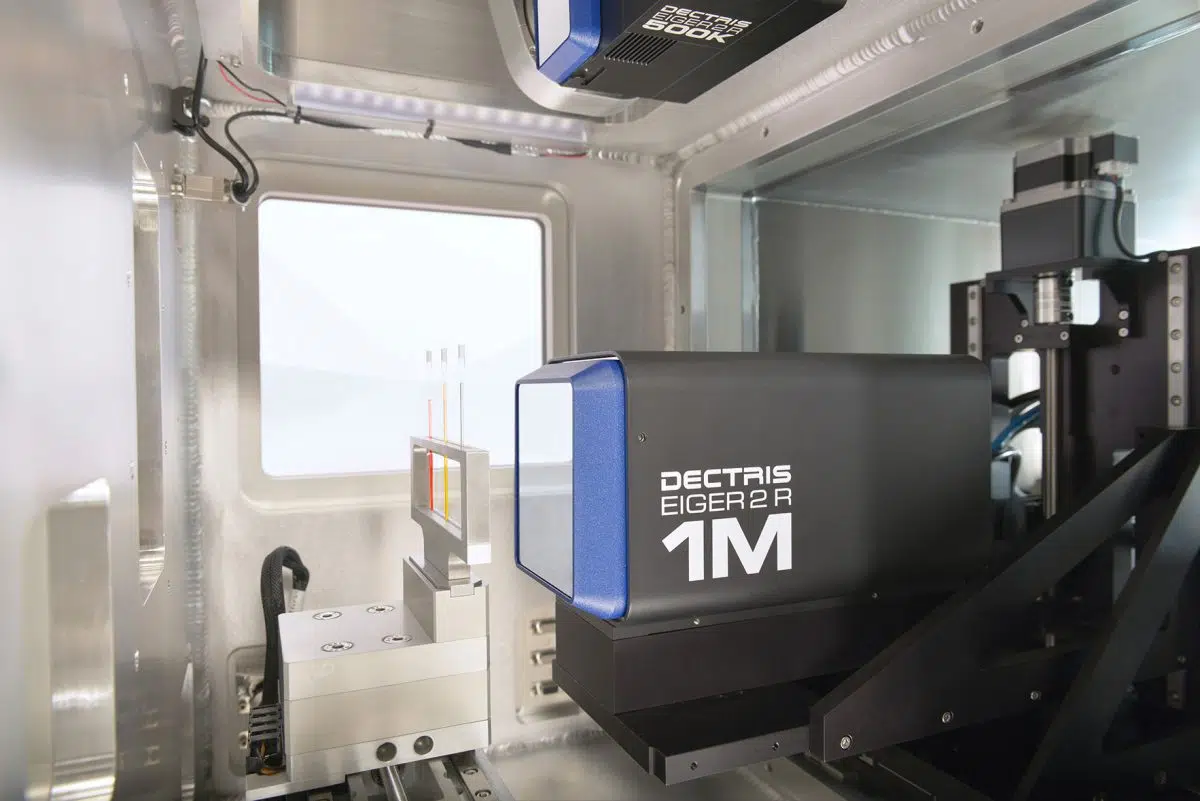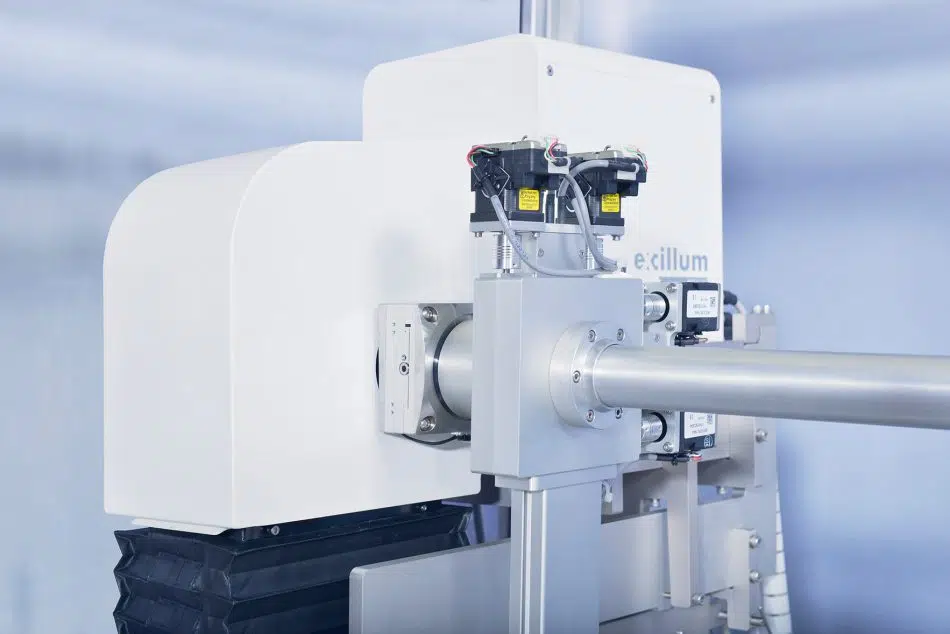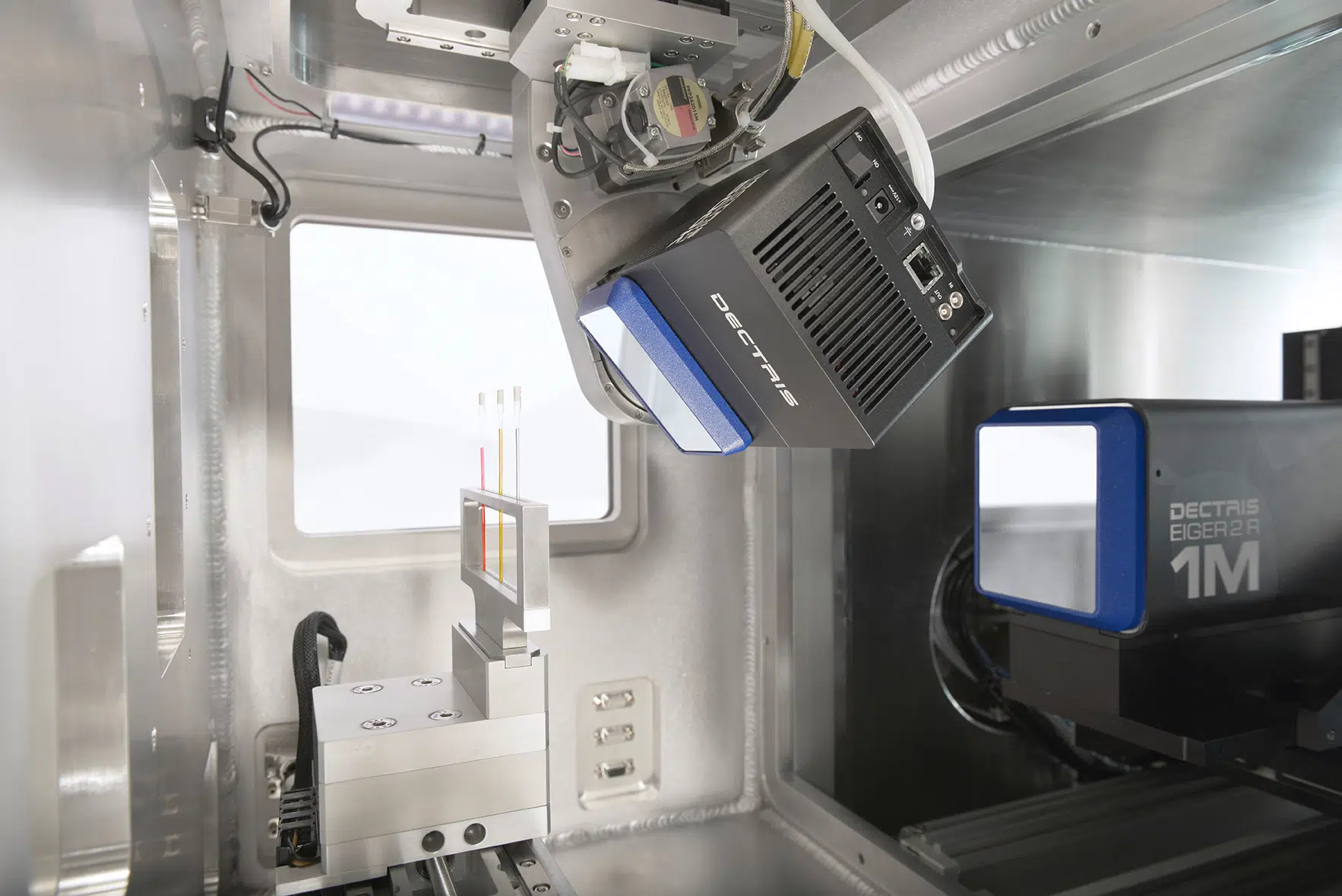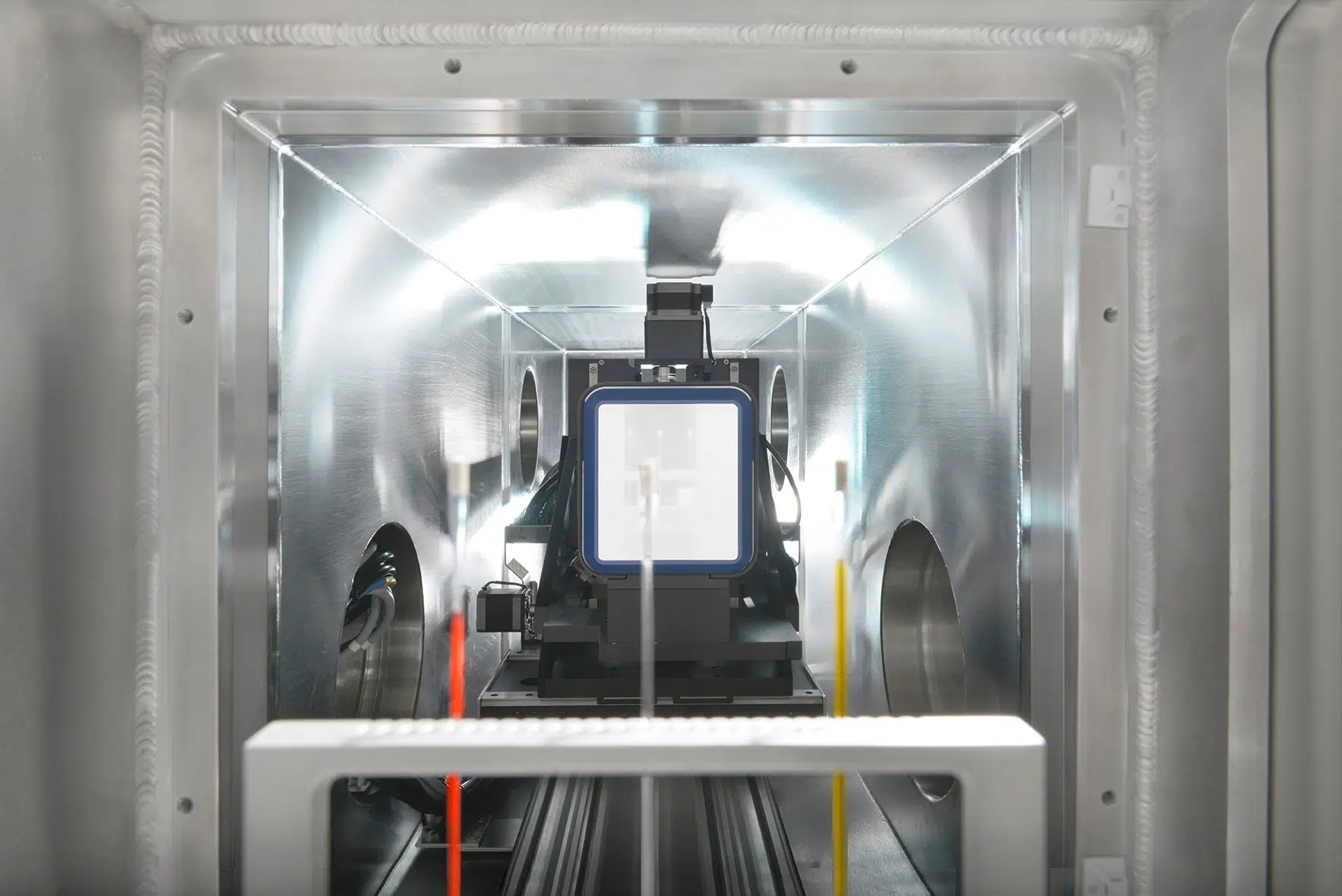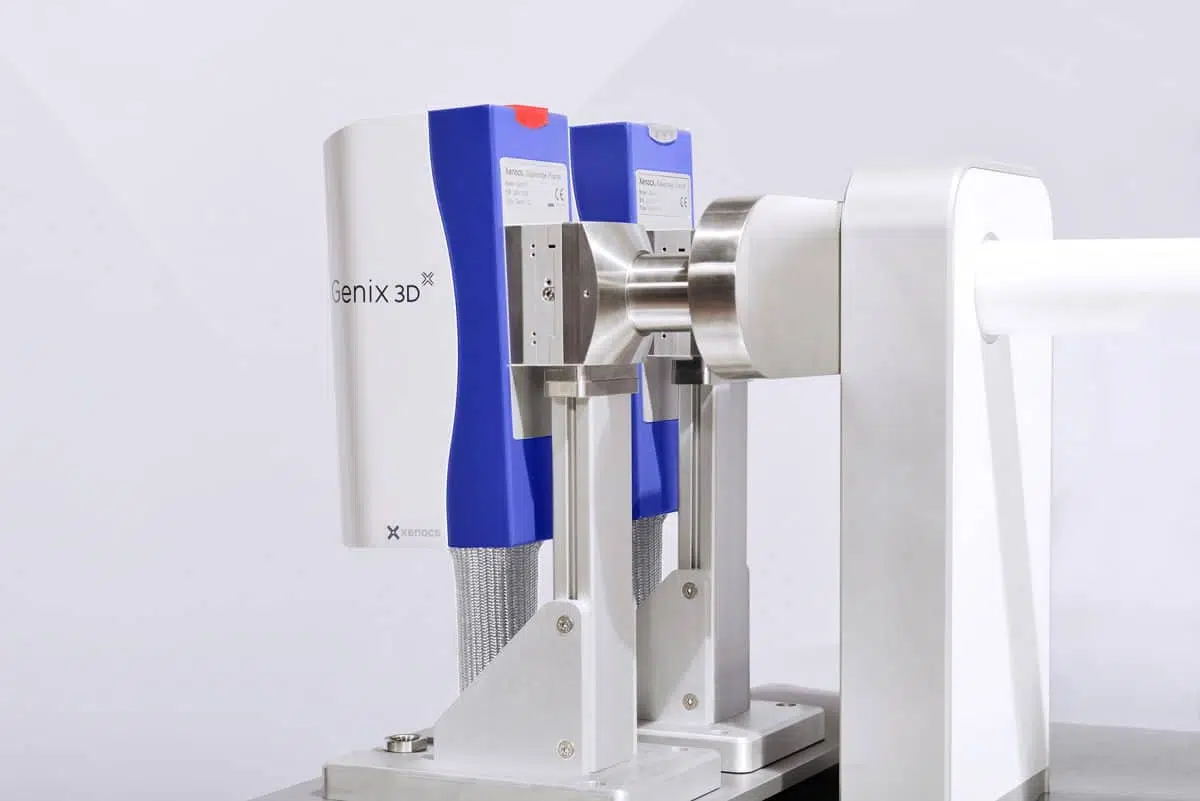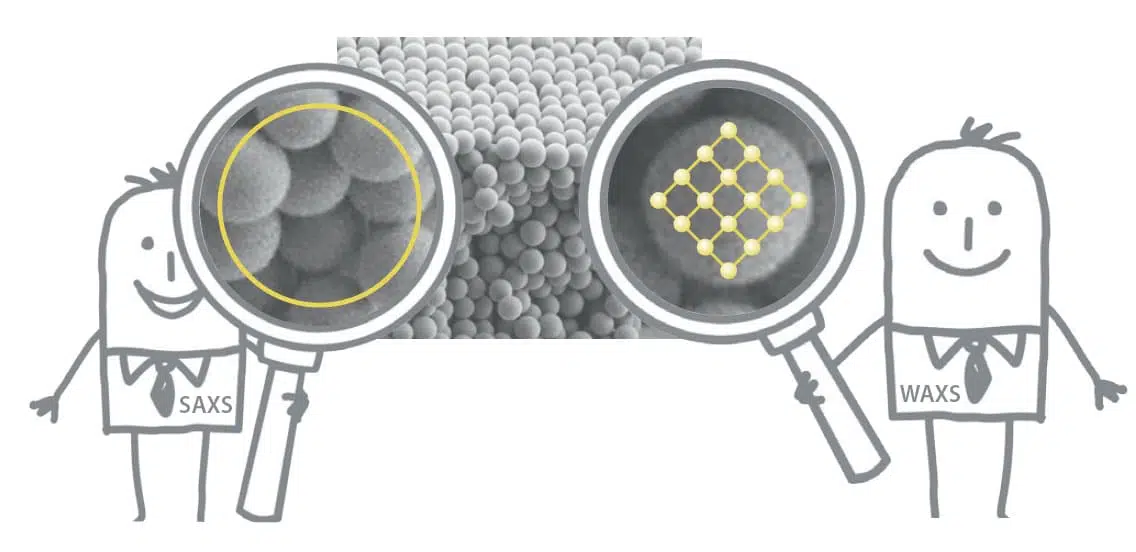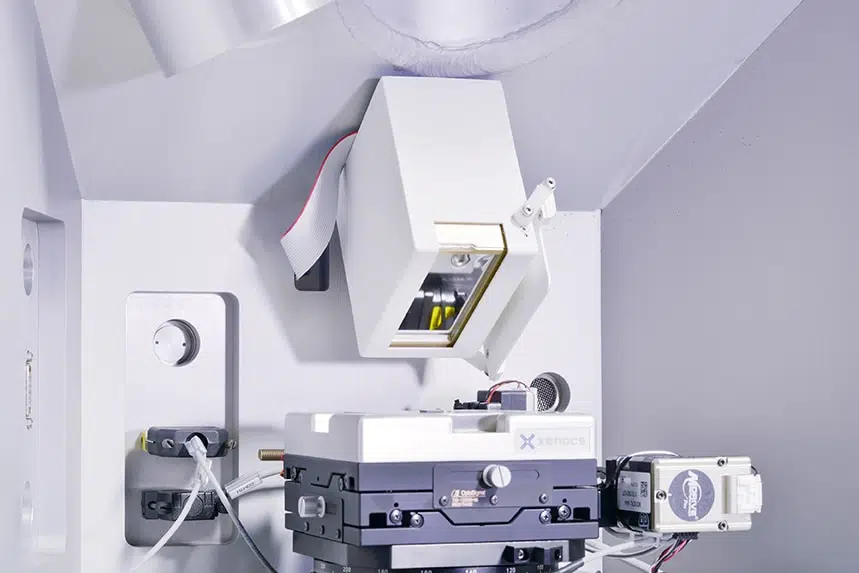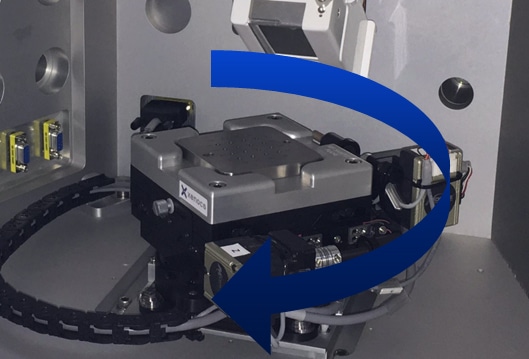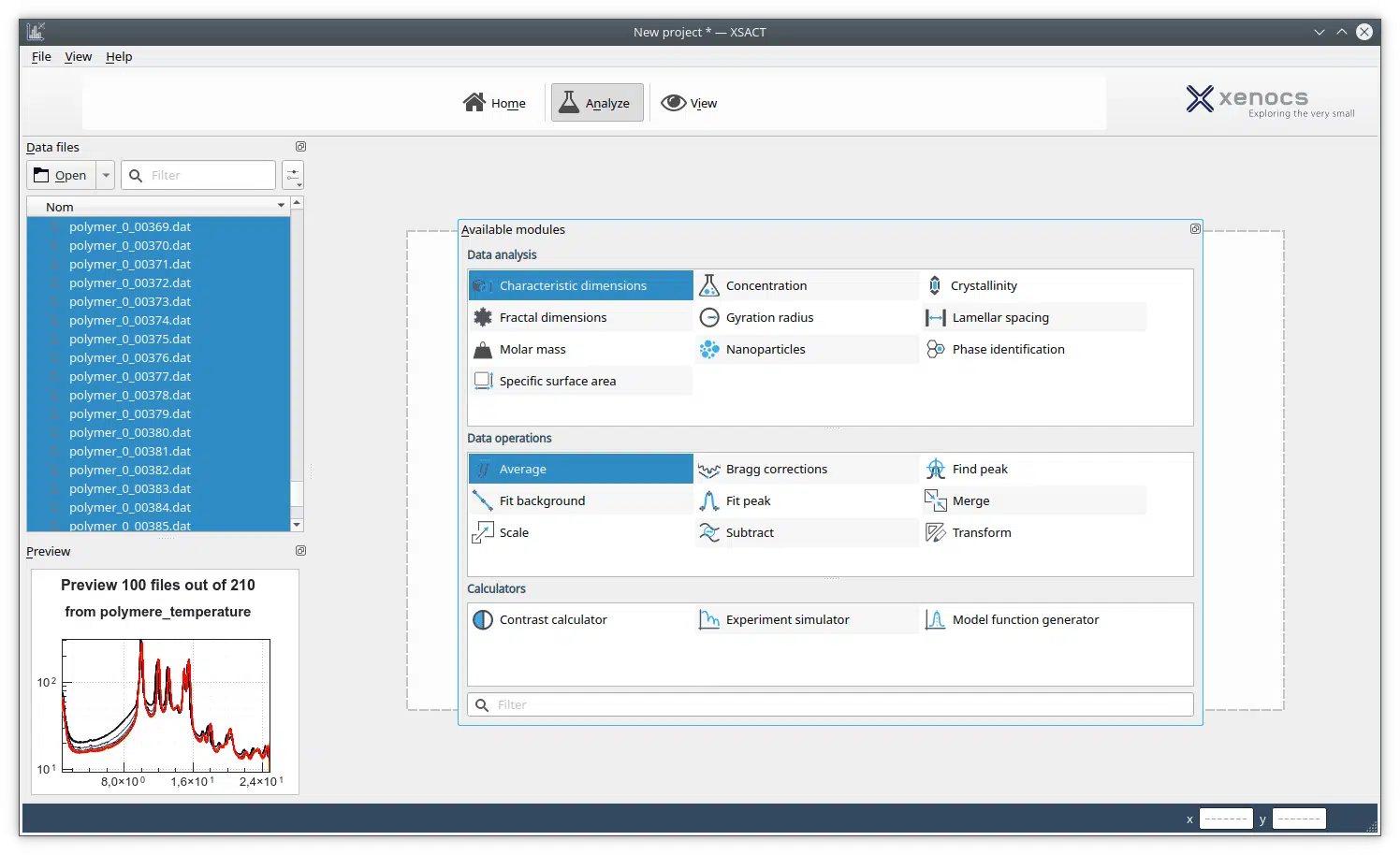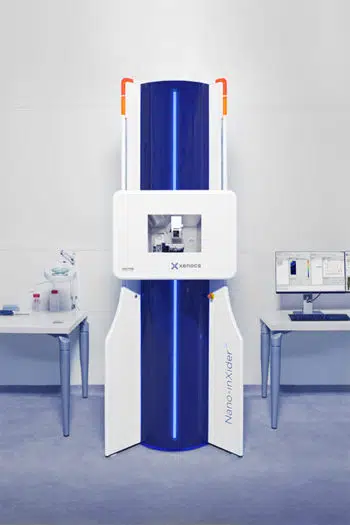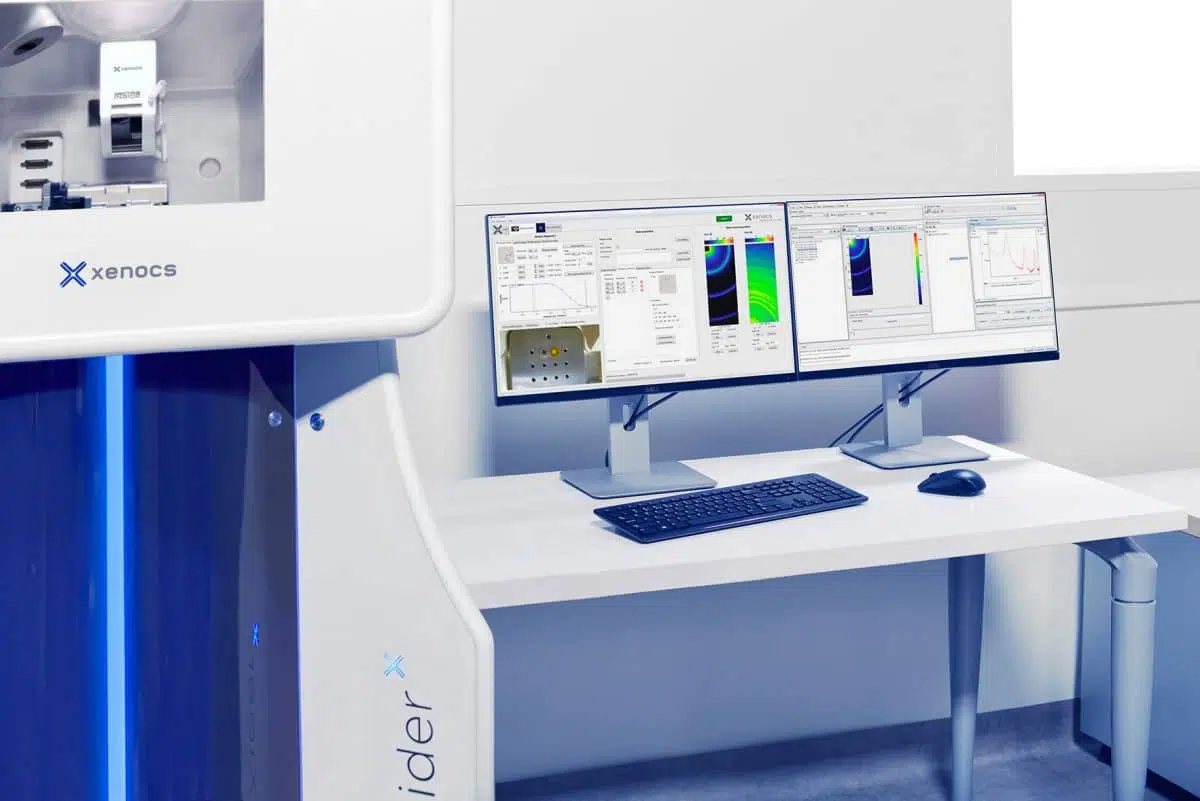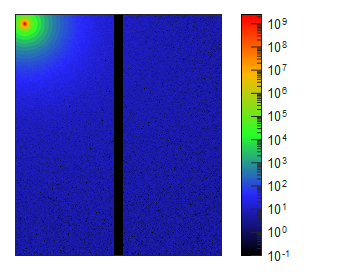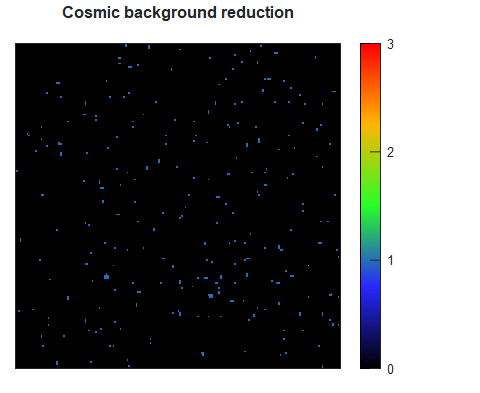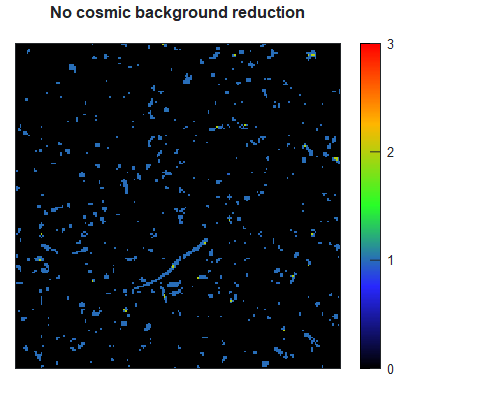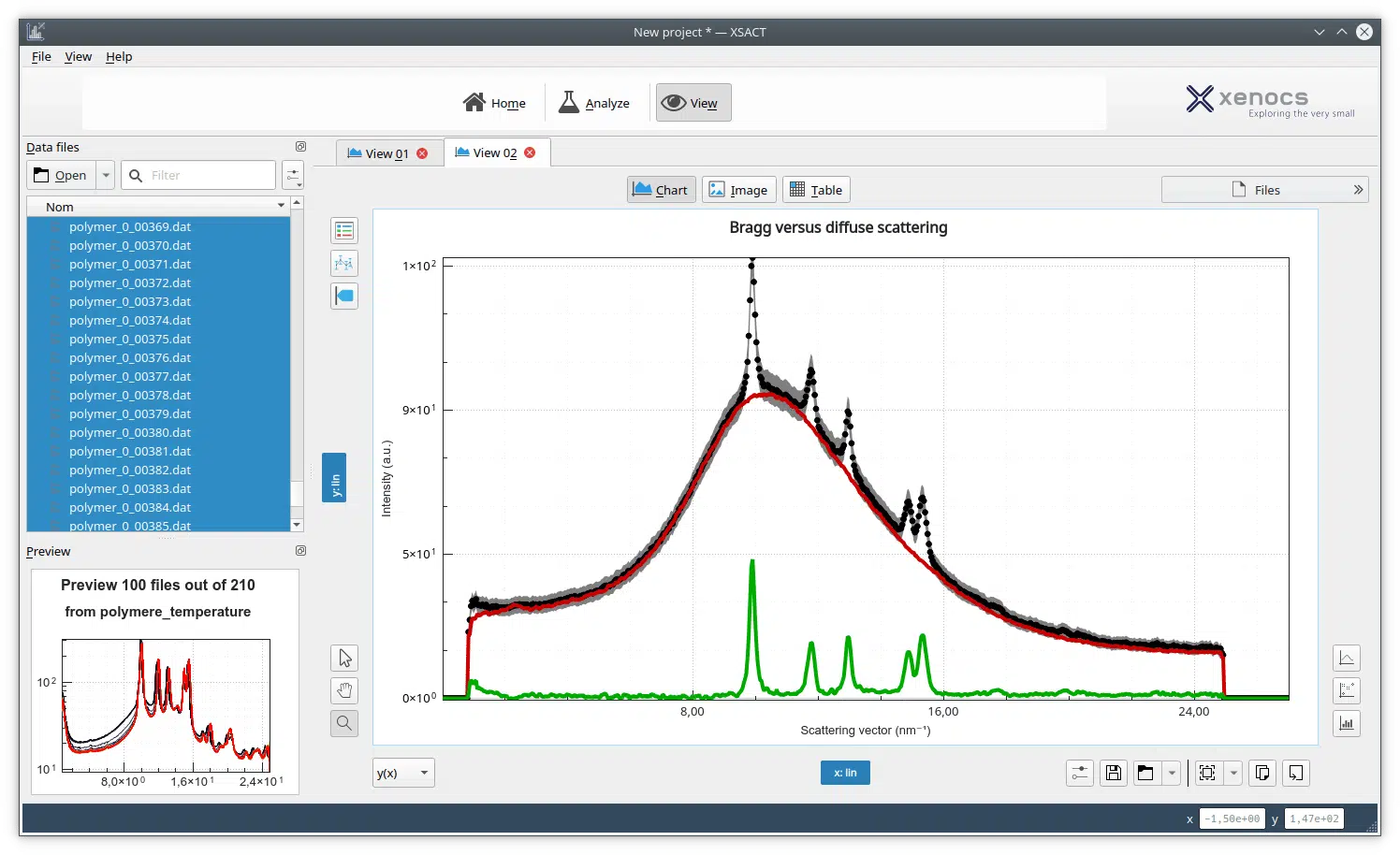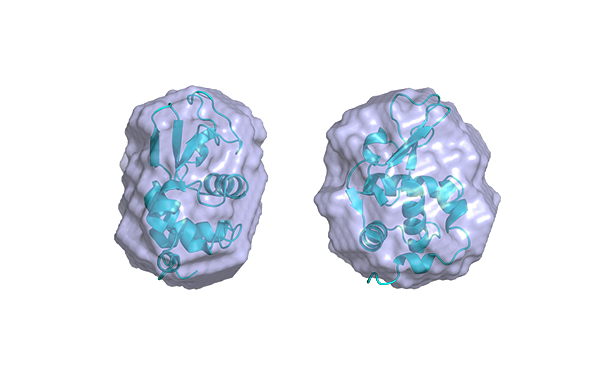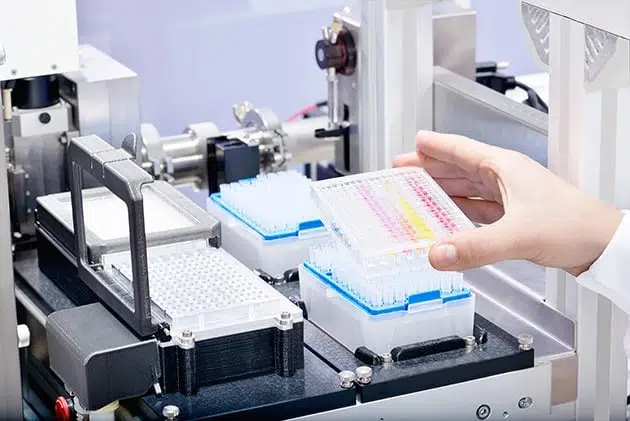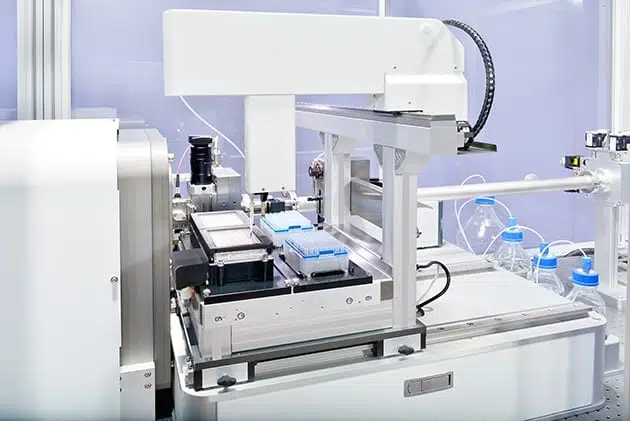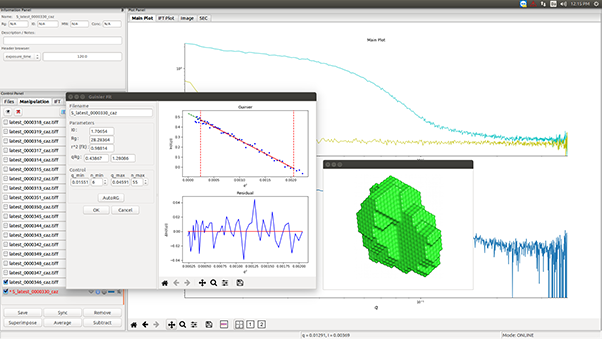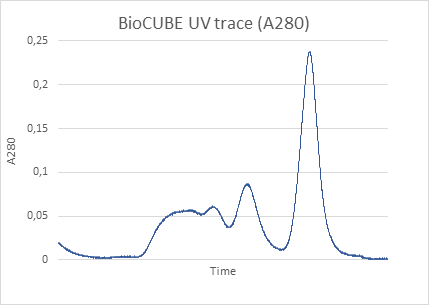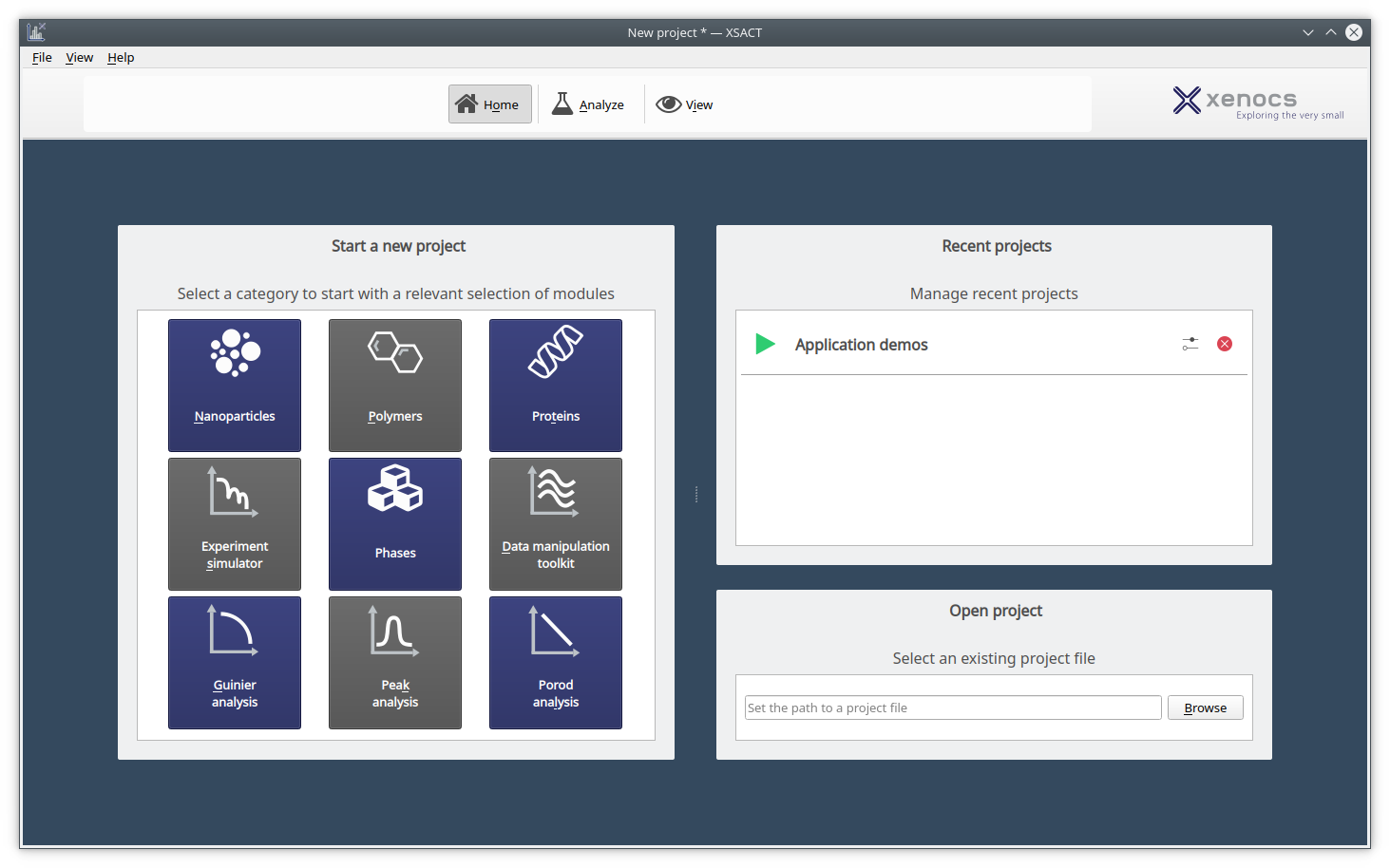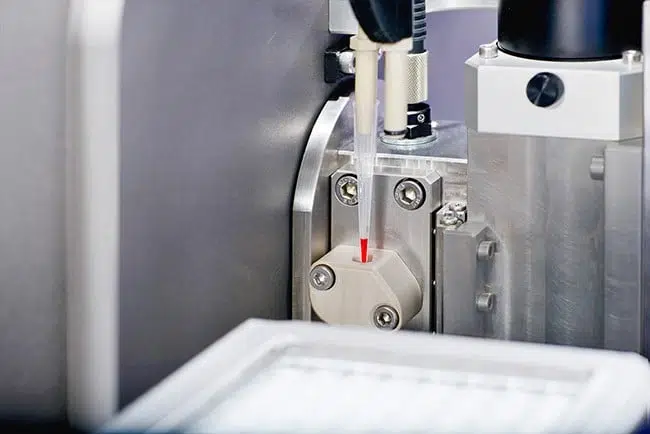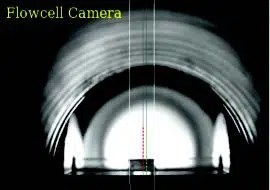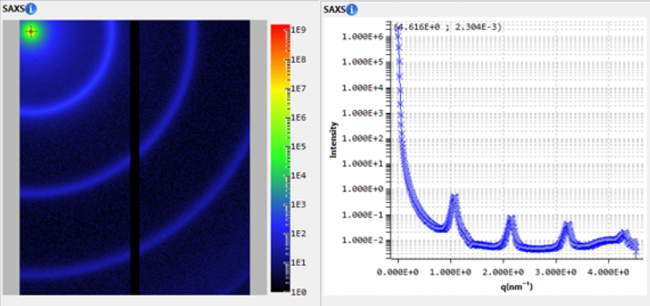ChemSusChem, 0, vol 0, 0,
DOI:10.1002/cssc.201802566
Abstract
Bismuth vanadate (BiVO4) is promising for solar-assisted water splitting. The performance of BiVO4 is limited by charge separation for >70 nm films or by light harvesting for <700 nm films. To resolve this mismatch, host–guest architectures use thin film coatings on 3D scaffolds. Recombination, however, is exacerbated at the extended host–guest interface. Underlayers are used to limit this recombination with a host-underlayer-guest series. Such underlayers consume precious pore volume where typical SnO2 underlayers are optimized with 65–80 nm. In this study, conformal and ultrathin SnO2 underlayers with low defect density are produced by atomic layer deposition (ALD). This shifts the optimized thickness to just 8 nm with significantly improved space efficiency. The materials chemistry thus determines the dimension optimization. Lastly, host–guest architectures are shown to have an applied bias photon-to-charge efficiency of 0.71 %, a new record for a photoanode absorber prepared by ALD.





